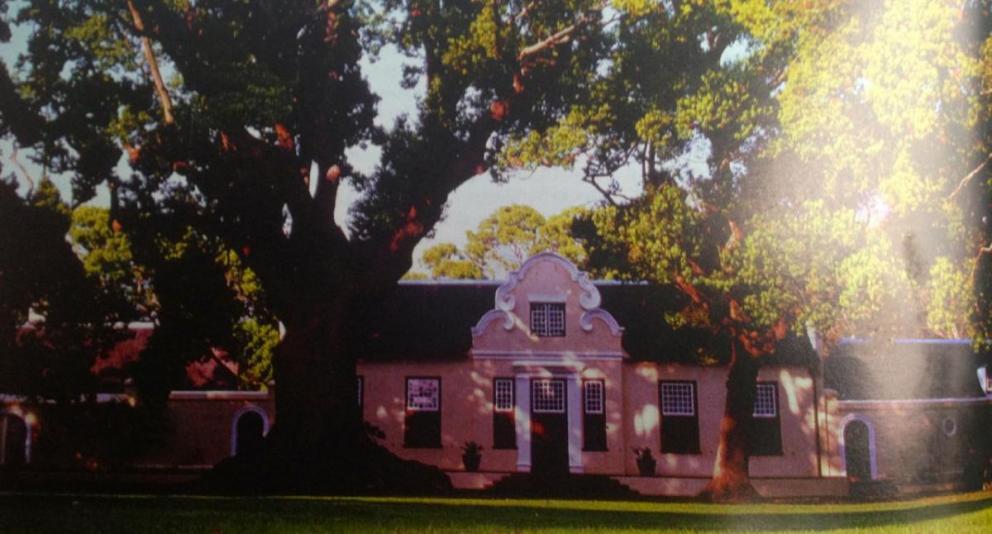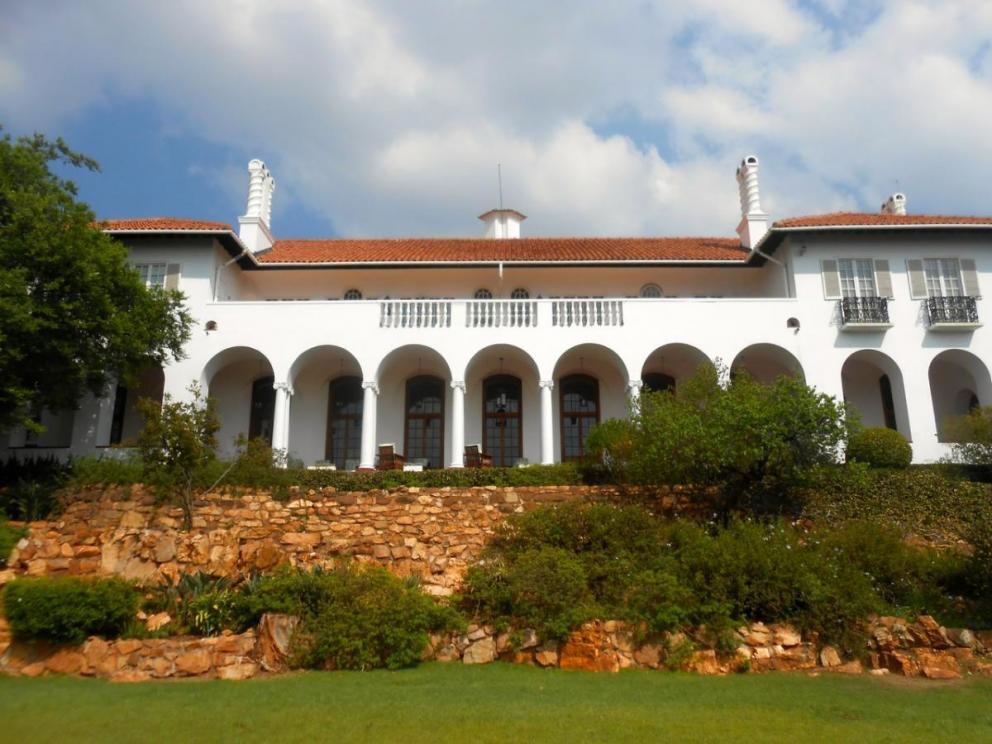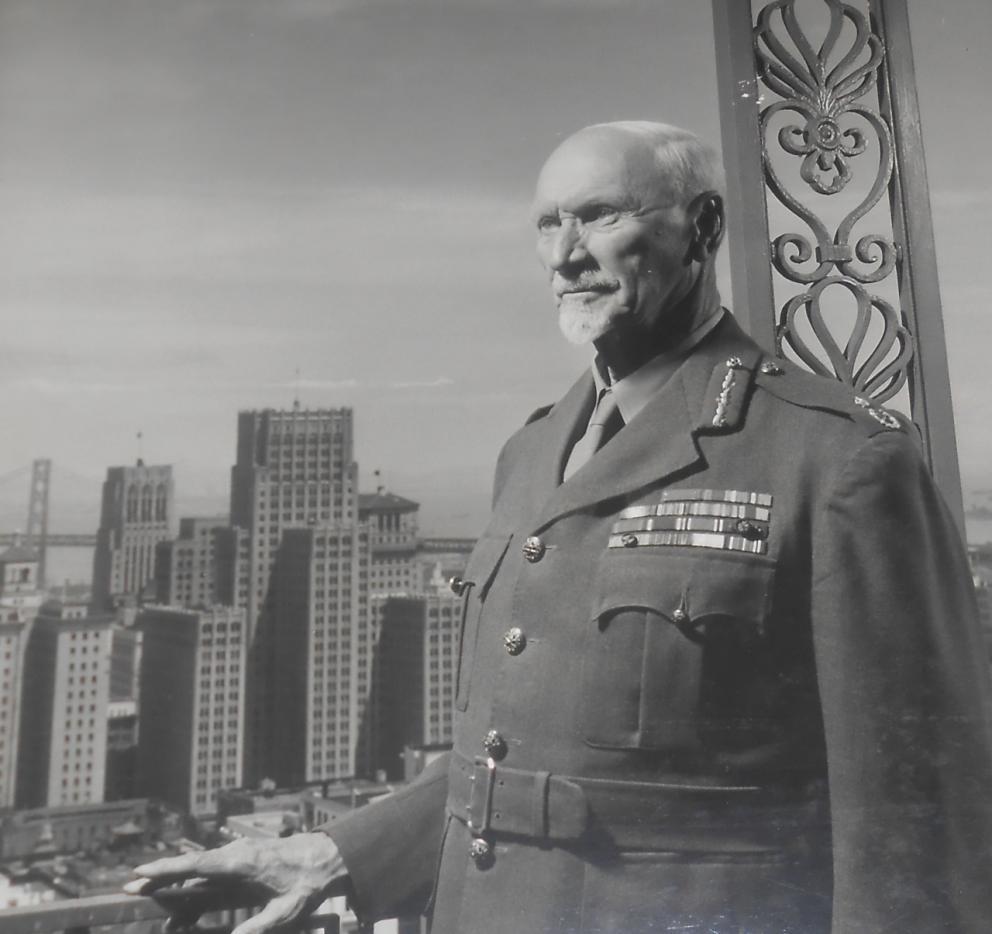
Disclaimer: Any views expressed by individuals and organisations are their own and do not in any way represent the views of The Heritage Portal. If you find any mistakes or historical inaccuracies, please contact the editor.
Vergelegen was to regain its former splendour with the arrival of Lady Florence (“Florrie”) Phillips and her mining magnate husband, Sir Lionel. A patron of the arts, a lady of great style and impeccable taste she set about restoring the old homestead which at that stage was described as “almost an uninhabitable ruin”.
[Click here to view Part One. Thank you to the University of Pretoria and the Heritage Association of South Africa for giving us permission to publish. Original article appeared in the 1994 edition of Restorica]
The untimely demise of her first architect, Solomon, led to the appointment of Percy Walgate, a protege of Sir Herbert Baker, to restore, refurbish and extend the homestead. With his help, she tirelessly researched Cape Dutch architecture before undertaking the restoration of Vergelegen. No fewer than 195 sketches were produced by Walgate between November 1922 and September 1923.
The front door and windows altered by Samuel Kerr were restored to the original and the four main rooms opened up. To the annoyance of some of the older inhabitants of Somerset West. Lady Phillips added two modern wings to the house: one accommodating the bedrooms, and the other the service area. These additions were in fact extremely carefully executed and blend in very harmoniously with the old part of the house. Little competition for the main H ends and fronts thus occurs. The linking areas between the central H and the wings were roofed with plastered concrete slabs.
The gable on the east side of the house facing the octagonal garden had largely disintegrated and the present, rather ornate gable, was copied from the old Pastorie in Paarl.
The original teak and yellow-wood screen removed by Kerr was recovered from the attic and carefully reinstalled in its rightful place.
During the restoration, traces of the original octagonal wall were discovered and the present wall rebuilt on the old foundations.
The old footbridge was replaced by a structure wide enough to accommodate motor traffic, roads were constructed and dams built. Lady Phillips decided to remove all the vineyards, which she replaced with mixed agriculture.
Her attention to detail was daunting but the results are still visible today. She brought to Vergelegen many of her priceless works of arts and magnificent furniture gathered over the years and previously housed at Tynley Hall in Hampshire and Villa Arcadia in Johannesburg. The interiors of the house were a fine showplace for all these treasures.
Villa Arcadia (The Heritage Portal)
In addition to the work done to the main homestead, the old wine cellar, built in 1816, was converted into library to house Sir Lionel’s famous collection of books, while the Bayeux tapestries were hung in the adjoining room.
To accommodate the constant stream of visitors to Vergelegen, two outbuildings adjacent to the main homestead were converted into guest cottages. Among the frequent visitors to Vergelegen those days , were General and “Ouma” Smuts, the Governor General, the Earl of Athlone and his wife Lady Alice. Lady Phillips also received Edwina Lady Mountbatten during her visit to the Cape.
Jan Smuts at the San Francisco Conference (photo of a photo inside Smuts House)
The Barlow Years
Upon the death of Lady Phillips in 1940 the estate passed once more into caring hands when in early 1941 it was purchased by Mr Charles “Punch” Barlow. In the years prior to “Florrie’s” death, the estate had begun to decline and the Barlows needed to do a great deal of work to restore the gardens, grounds and the homestead. Mrs Cynthia Barlow undertook this task with the help of the gardener Hanson, who was again persuaded to return to Vergelegen and the garden became a showpiece once more.
Few alterations were carried out to the house and, as well as furnishing the house with many pieces purchased from the Phillips sale, Mrs Barlow added her own collection of art and silver.
The Barlows also resumed farming operations at Vergelegen and began planting vines on a small scale, the last of which were pulled out in 1962. After their prize Jersey herd was all but wiped out by eating poisoned dairy meal, the Barlows concentrated on fruit farming.
During the royal tour of South Africa in 1947, Peter Townsend told King George VI and Queen Elizabeth of the “magically beautiful place” where he rode every morning and they asked to be taken to see it in private. They were so overcome with its loveliness that Townsend recorded “Never did I hear Their Majesties express such pleasure”.
“Punch” Barlow’s son, Tom, took over the running of the farm in 1966. He replaced the Jersey herd with Frieslands, which provided milk for distribution in the Hottentots Holland area.
Click here to view Part Three - The Amfarms Restoration and Illustrious Guests
Comments will load below. If for any reason none appear click here for some troubleshooting tips. If you would like to post a comment and need instructions click here.


